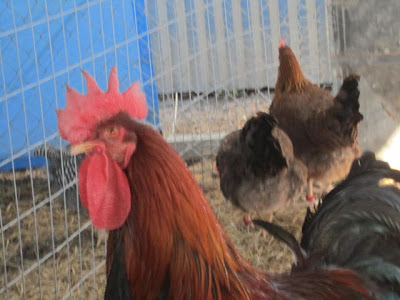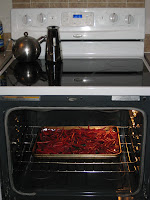The webinar will take place on 5 November and be hosted by USDA's poultry veterinarian, Martin Smeltzer and Andy Schneider, an Atlanta radio personality known as the 'Chicken Whisperer'.
Mr Smeltzer said: "The webinar will cover valuable information on raising healthy backyard poultry. Topics will include how to keep your flock safe from predators and disease, the biggest threats to keeping your birds healthy and signs and symptoms of infectious diseases."
More than 200 people have already signed up to participate in 'The Word on Healthy Birds' webinar. If you are interested in participating, please go to Word On Birds Webinar for information on how to sign up [click here]. Space is limited.
Since 2004, APHIS has been conducting an extensive outreach and education program/campaign called 'Biosecurity for Birds', which reaches out to backyard poultry and pet-bird owners to provide tips and advice on how to recognize signs of disease and to prevent diseases from reaching their birds. APHIS' efforts are in recognition of the importance of preventing infectious poultry diseases, such as high pathogenic avian influenza and exotic Newcastle disease, from being introduced into the country. To report a bird exhibiting disease-like symptoms, please call 866-536-7593.
For more information on the 'Biosecurity for Birds' campaign, click here.
Beneficial to both experienced and new bird handlers, this webinar will equip you with the latest and greatest information on how to keep your birds healthy and keep infectious diseases from being introduced into the country.
Mr Smeltzer said: "The webinar will cover valuable information on raising healthy backyard poultry. Topics will include how to keep your flock safe from predators and disease, the biggest threats to keeping your birds healthy and signs and symptoms of infectious diseases."
More than 200 people have already signed up to participate in 'The Word on Healthy Birds' webinar. If you are interested in participating, please go to Word On Birds Webinar for information on how to sign up [click here]. Space is limited.
Since 2004, APHIS has been conducting an extensive outreach and education program/campaign called 'Biosecurity for Birds', which reaches out to backyard poultry and pet-bird owners to provide tips and advice on how to recognize signs of disease and to prevent diseases from reaching their birds. APHIS' efforts are in recognition of the importance of preventing infectious poultry diseases, such as high pathogenic avian influenza and exotic Newcastle disease, from being introduced into the country. To report a bird exhibiting disease-like symptoms, please call 866-536-7593.
For more information on the 'Biosecurity for Birds' campaign, click here.
Beneficial to both experienced and new bird handlers, this webinar will equip you with the latest and greatest information on how to keep your birds healthy and keep infectious diseases from being introduced into the country.



















